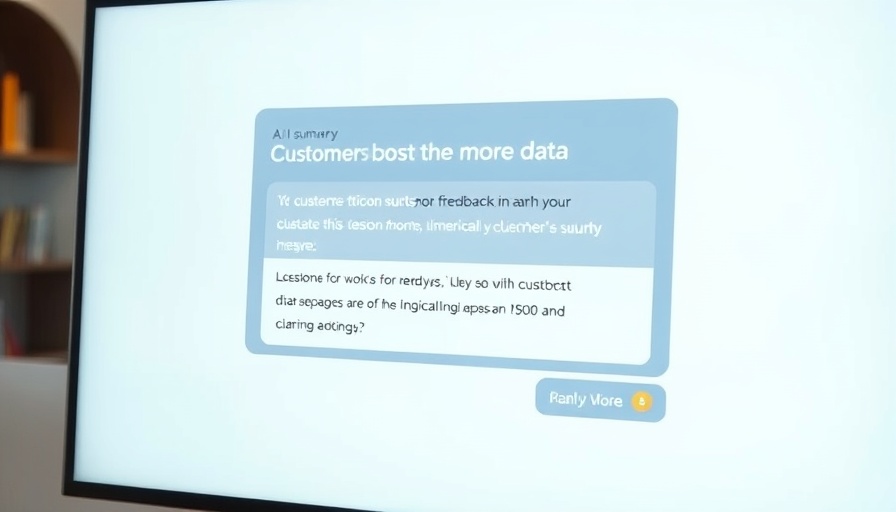
Why Human Connection Matters in Onboarding
In the competitive landscape of modern business, onboarding transcends mere paperwork. Jen Bergren highlights that a successful onboarding process fosters human connection, which is essential for building strong teams. However, many companies lose sight of this critical aspect, leading to disengaged employees from the very start.
The Essential Elements of Effective Onboarding
Drawing from her extensive research, Bergren outlines the pillars of an effective onboarding experience. First, employees benefit immensely from one-on-one meetings with team members and stakeholders. These pre-scheduled meetings establish early relationships and create a sense of belonging.
Additionally, the concept of Onboarding Buddies serves as a helpful transition. A peer or mentor guides new hires, helping them navigate their roles without feeling overwhelmed.
Another vital element is providing clear documentation. Successful onboarding programs eliminate confusion with structured guides that outline processes and expectations, ensuring employees have the resources they need to thrive.
Building a Pathway Through the First 90 Days
Bergren emphasizes that instead of expecting immediate productivity, companies should adopt a 90-day ramp-up plan. This phased approach breaks down the onboarding process into manageable steps that guide new hires through their learning journey, ultimately leading to a culture of success.
Addressing Common Pitfalls in Onboarding
A pivotal mistake many companies make is prioritizing processes over people. The absence of a human touch in fully automated onboarding experiences can create feelings of disconnect. Bergren points out that the first days should be structured to ensure that new hires are not left wondering about their next steps.
Another critical aspect is the involvement of the hiring manager. A new employee's relationship with their manager is crucial; if the manager steps back too soon, it can leave new hires adrift. Moreover, establishing a clear success path helps employees understand their potential for advancement, motivating them to engage fully with the company.
Preparing for Day One: Setting the Stage for Success
To take onboarding from good to unforgettable, preparation is key. Bergren advises businesses to have everything ready before the new employee's first day. This proactive approach ensures that from the moment they log in, new hires feel welcomed and valued—elements that are imperative for a successful start.
Conclusion: Transforming Onboarding into a Strength
Incorporating human connection into onboarding not only enhances the experience for new hires but also sets the foundation for long-term employee engagement and business success. For business owners scaling their operations, embracing these insights can significantly improve employee retention and satisfaction.
As you refine your onboarding processes, consider how you can integrate personal connections and clear frameworks to support your new team members. Remember, a connected employee is a productive employee. Are you ready to transform your onboarding experience?
 Add Row
Add Row  Add
Add 



Write A Comment